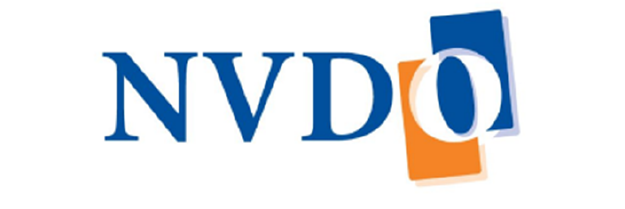Levels in commissioning
Roadmap commissioning
Commissioning follows a number of established process steps. First, a commissioning manager/authority (CxA) is appointed who clearly formulates with the client what the goals are and what the scope of the assets the commissioner will take with him. The CxA then draws up the commissioning plan, which goes through all levels of commissioning. Planning is also done. In our approach, strong project management plays a major role in which collaboration between client, designer, engineer and construction team are essential. A document controller is then appointed and a commissioning team is assembled that will perform the various levels according to the commissioning plan.
Cx Level 1: Design input, Factory Acceptance Testing (FAT)
CX Level 1 FAT represents the first level of commissioning, where a “Factory Acceptance Test” is performed on the delivered components. In the case of an air conditioning unit, heat pump, or generator, for example, functional tests are used to verify that the purchasing requirements have been met.
The following operations are performed:
– Gathering the “design input.
– Factory acceptance testing (FAT) including witnessing and reporting on site.
– Off site software testing, including the creation of image graphics (graphics logics) and communicating this to the client.
– Verification of factory certification; both Quality Assurance (QA) and Quality Control (QC).

Cx Level 2: Initial and construction testing.

Cx Level 3: Start up testing (Pre Sat)
Commissioning Level 3 involves monitoring performance when the plants are commissioned to verify that they are as specified in the contracts. The subsystems are energized and/or pressurized for this purpose. This is called energizing. Then the subsystems are commissioned by the suppliers or the general contractor. All settings are checked and documented. These are stand-alone tests. After this, the image plates are tested and the results communicated to the client.

Cx level 4: Site Acceptance Testing (SAT).
During level 4 of commissioning, the installation is tested for performance within predefined conditions and in relation to other systems, in order to assess quality and detect possible errors.
The following tests are performed:
– System acceptance testing
– Complete functional testing of all subsystems
– Complete performance testing of all subsystems
– Balancing various systems. (verify consistency between systems)
– Testing interfaces to steering/management systems, including all (remote) controls
– Testing all conceivable emergency scenarios
– Full load testing of systems

Cx Level 5: Integrated Site Acceptance Testing (ISAT).
In level 5 commissioning, the cohesion of various installations and systems is checked during various predictable and unexpected scenarios. These are called “Integrated System Acceptance Testing (ISAT). These consist of:
– Integrated performance testing.
– Redundancy testing.
– Total Power Outtage Test (TOAT).

Cx Level 6: Training and instruction before and after handover
Level 6 of commissioning deals with the post-acceptance phase. The facilities and systems are in operation. Through (seasonal) testing, it is verified that the performance requirements are achieved in different conditions. A training program is also established and monitored by suppliers and the general contractor. Thereafter, this training program for the Operations and Maintenance personnel is completed under supervision.







